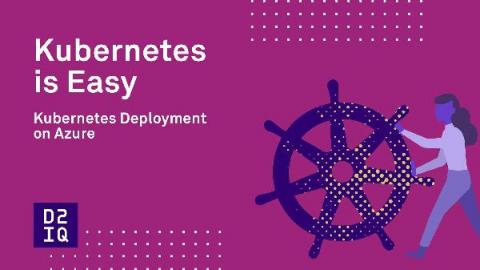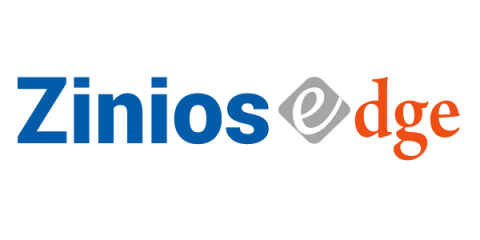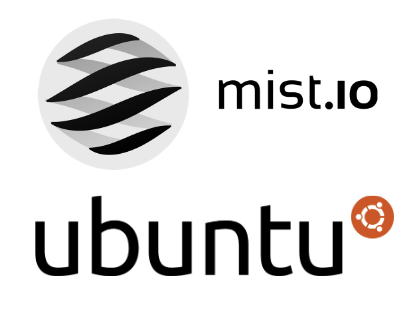How to Deploy a Kubernetes Cluster on Azure
D2iQ Konvoy simplifies the deployment on Azure by providing a command line interface to automate the deployment and operations of Kubernetes clusters all in one place. In this tutorial, we’ll show you the provisioning of an enterprise-grade Kubernetes cluster on Azure using a single command. Before we get started, let’s talk about a few prerequisites you’ll need: First, download the D2iQ Konvoy installer and authenticate it to your Azure account.











